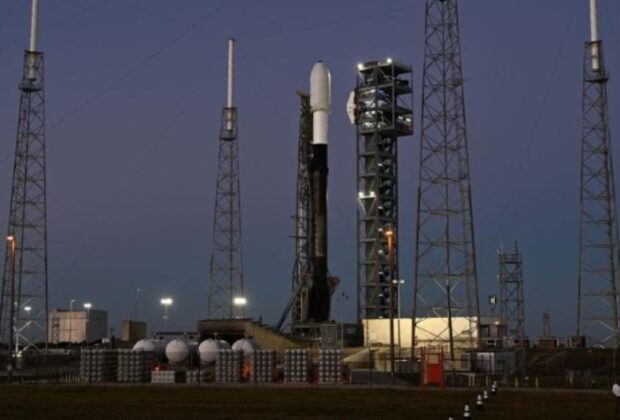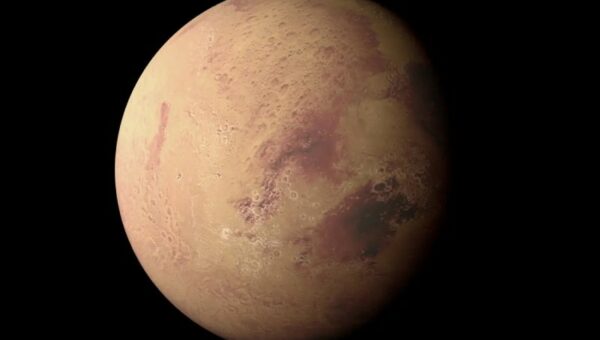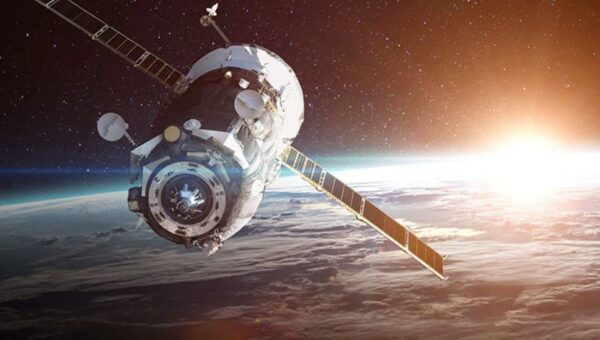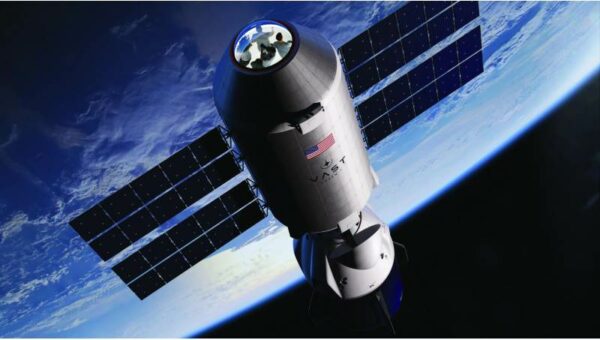Today, on January 30, SpaceX launched the robotic Cygnus spacecraft, built by Northrop Grumman, in the direction of the International Space Station together with four tons of cargo.
At 12:07 p.m. EST (1707 GMT) today, the Cygnus launched atop a Falcon 9 rocket from Cape Canaveral Space Force Station in Florida.
The 20th operational cargo mission for Cygnus began with the launch. None of the preceding 19 took place with SpaceX; instead, they were all launched atop Antares or Atlas V rockets.
Today, the first stage of the Falcon 9 successfully touched down back on Earth, landing at Cape Canaveral approximately eight minutes and twenty seconds after launch. As per the SpaceX mission description, this was the booster’s tenth launch and landing.
In the meantime, at 14 minutes and 45 seconds after launch, the Cygnus was launched from the top stage of the Falcon 9. It was placed in low Earth orbit. After that, the cargo started traveling independently to the International Space Station (ISS).
Cygnus is scheduled to arrive at the orbiting lab on Thursday, February 1st, at 4:20 a.m. EST (0920 GMT), if all goes as planned. Thanks to NASA, you can follow its docking and rendezvous live on Space.com.
This Cygnus ship was given its name by Northrop Grumman in remembrance of NASA astronaut Patty Hilliard Robertson, who perished in a private plane tragedy in 2001. She was scheduled to make her ISS flight in 2002 after being chosen for the astronaut corps in 1998.
Over 8,200 pounds (3,720 kg) of supplies and scientific equipment are loaded onto the cargo. A cartilage-growing experiment that may help treat diseases and joint damage on Earth, as well as a project by the European Space Agency testing the 3D printing of metals in microgravity, are among the research tools.
The NASA overview provides additional information about this cargo mission, known as NG-20.
After spending almost six months connected to the International Space Station, Cygnus will descend once more to burn up in the Earth’s atmosphere.
NASA officials wrote in their NG-20 mission overview that one experiment on Cygnus, named Kentucky Re-entry Probe Experiment-2, will collect data during this death dive. “Measurements to demonstrate a thermal protection system for spacecraft and their contents during re-entry in Earth’s atmosphere, which can be difficult to replicate in ground simulations,” they wrote.
SpaceX’s Dragon capsule, Russia’s Progress vehicle, and Cygnus are the three robotic cargo vehicles that are currently servicing the International Space Station (ISS). Progress is a disposable spacecraft, just like Cygnus, while Dragon is reusable; it makes it through Earth’s atmosphere and lands gently in the ocean under its parachute system.




